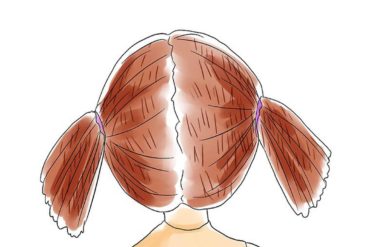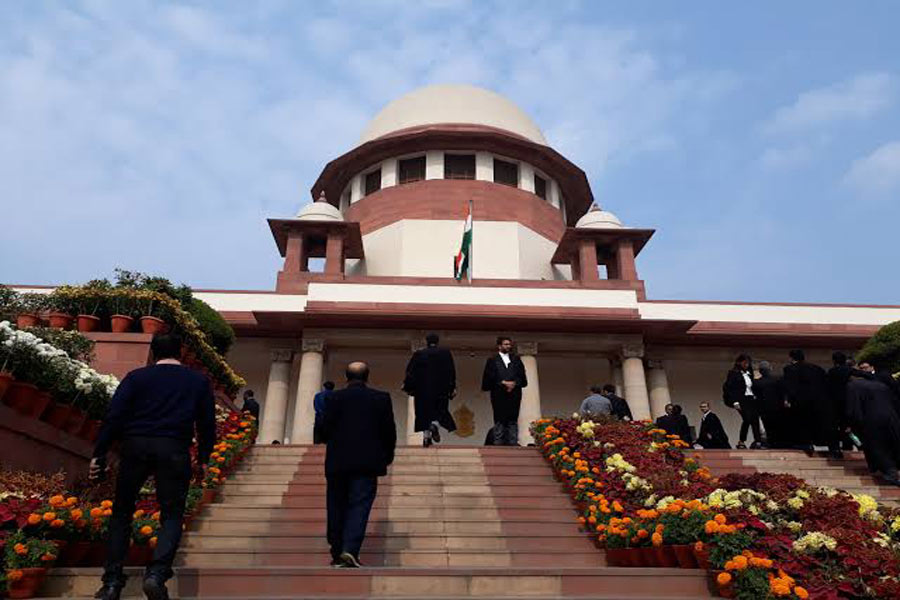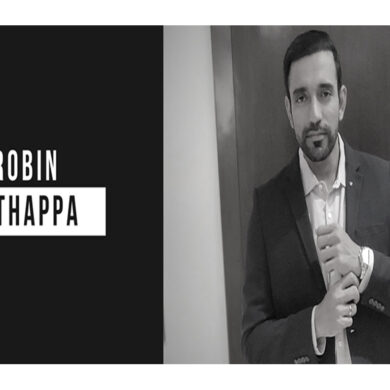The Supreme Court in the Sabarimala review case by a majority of 3:2 kept the review petitions pending along with several writ petitions on the same subject matter while referring the question of ‘judicial interference in essential religious practices’ to a larger judge bench. Justices Rohinton F Nariman and D Y Chandrachud, on the other hand, dissented upholding the 2018 Sabarimala verdict that allowed the entry of women of all age groups to Sabarimala temple.
The majority decision is hard to comprehend as the decision does not have a line of legal reasoning or thought. Supreme Court has been conferred with the review jurisdiction under Article 137 of the Constitution of India. However, the grounds for seeking a review of the judgment are restricted by Order XVIII of the Supreme Court Rules, 2013 read with Order XLVII Rule 1 of the Civil Procedure Code, 1908. A combined reading of the provisions would show only if new shreds of evidence are found which were either not found earlier or were unable to be produced, or on the existence of an error apparent on the face of the record, or for any other sufficient reason can a review be sought. The interpretation of the phrase ‘any other sufficient reason’ is restricted by the principle of egusdem generis–which means that the grounds will have to be analogous to the previous grounds.
A perusal of the decision, however, elucidates that the majority judgment has not examined the question of whether a review can be undertaken on any of the above three grounds. A subsidiary question that arises is whether the bench hearing a review petition has the power to refer a substantial question of law to another bench. At the root of the majority opinion was its decision to club the review petition under Art 137 with other ‘fresh writ petitions’ challenging the Court’s decision in Sabarimala case in 2018.
CJI Gogoi (since retired) reasons that he has departed from the settled principles of hearing review petitions, because “along with review petitions several writ petitions have been filed as a fall out of the judgment under review. All these petitions were heard together in the open court”.
The majority’s decision is problematic for the following four reasons. First, the majority has treated the petition as a writ petition in the cover of a review petition. This is evident from the observation: “The endeavour of the petitioners is to resuscitate the debate about what is essentially religious, essential to religion and integral part of the religion”.
It has already been held in Kamlesh Verma V Mayawathi that the endeavour of the review petitioner cannot be to repeat the same argument through a different counsel. So, the majority has considered the endeavour of the writ petitioners who filed ‘fresh petitions’ as the endeavour of the review petitioner. Instead, the fresh petitions ought to have been heard separately. The cause of action for filing a writ petition is different from the cause of action for filing a review petition. A writ petition cannot be filed against a ‘judgment’. A writ under Article 32 of the Constitution lies against the violation of the fundamental right.
The law relating to reference has been quite clearly laid down by a Constitution Bench in Central Board of Dawoodi Bohra community V State of Maharashtra At paragraph 12 of the said decision, it was observed that in case of doubt, a bench of lesser quorum can only invite the attention of the Chief Justice and request for the matter to be placed before a larger bench. Therefore, by virtue of Order VI Rule 1 of the Supreme Court Rules, the ‘fresh writ petitions’ should have been heard by a division bench of the court. If the division bench had any ‘doubt’ regarding the 2018 verdict, they could have invited the attention of the Chief Justice, who could have then referred the matter to a bench of appropriate strength.
A reference to a larger bench- if made- could have only been through the writ petitions and not while exercising the review jurisdiction under Article 137. If the Chief Justice wanted to refer the matter to a 7 judge bench, another way through which he could have done it is by using his discretionary power to direct any matter to a bench of any strength (Paragraph 12(3) of Dawoodi’s decision). Such use of the discretionary power would be through his ‘administrative power’ and not his ‘judicial power’. However, in a batch of review petitions in the Sabarimala case, the Chief Justice has used his ‘judicial power’ while deciding on a review petition, to issue a referral order being signed by two other judges. Making the use of a review petition to arrive at a reference order is quite problematic.
Second, Order VII Rule 3 read with Order XLVII Rule 4 of the Supreme Court Rules, 2013 limits the scope of remedies that can be given while hearing a review petition. If the majority has accepted the review petition, then they can only either reserve or modify the decision, for the reason of ‘error apparent’, or for ‘correcting a clerical, arithmetical mistake, or error from an accidental slip’. However, the majority reserved the order for the reason of deciding on a ‘substantial question of law’. Therefore, the nature of the remedy provided does not have the support of the law.
Third, the majority decision’s reasoning for referring the question of law to a 7 judge bench has in effect substituted social morality in the place of constitutional morality- something that the 2018 verdict battled against. When the majority observes “decision by a larger bench will pave the way to instil public confidence…” it is evident that they have fallen prey to majoritarian and fundamentalist forces who flouted the judgment.
Justice Nariman, in his dissenting opinion, was wary of exactly this when he wrote “Bonafide criticism of a judgment, albeit of the highest court of the land, is certainly permissible, but thwarting, or encouraging persons to thwart, the directions or orders of the highest court cannot be countenanced in our Constitutional scheme of things.
After all, in India’s tryst with destiny, we have chosen to be wedded to the rule of law as laid down by the Constitution of India”. It also seems that the majority has once again used Art 142 to deliver ‘justice’- justice that appeases the majority.
Fourth and crucially, the Rafale deal review petition decision that was delivered on the same day, authored by Justice Sanjay Kishan Kaul—which was signed by the Chief Justice—starts off with a cautionary note that “we cannot lose sight of the fact that unless there is an error apparent on the face of record, review applications cannot be entertained”.
The Justices go on to make another important observation that the Rafale deal petition was filed under Art 32 where the petitioners were “fully conscious of the limitations of the contours of the scrutiny”. They further go on to observe that they cannot want an “adjudication process which is really different from what is envisaged under the provisions invoked by them”.
The cautionary note struck in this judgment is what has exactly been done by the majority while hearing Art 32 pleas under the umbrella of Art 137 in the Sabarimala review petition case. When these observations are juxtaposed against the majority decision in the Sabarimala verdict, one finds a different legal standard applied to two different review petitions – the decision of which was delivered on the same day by the same judge.
(By arrangement with IPA/The Leaflet)







